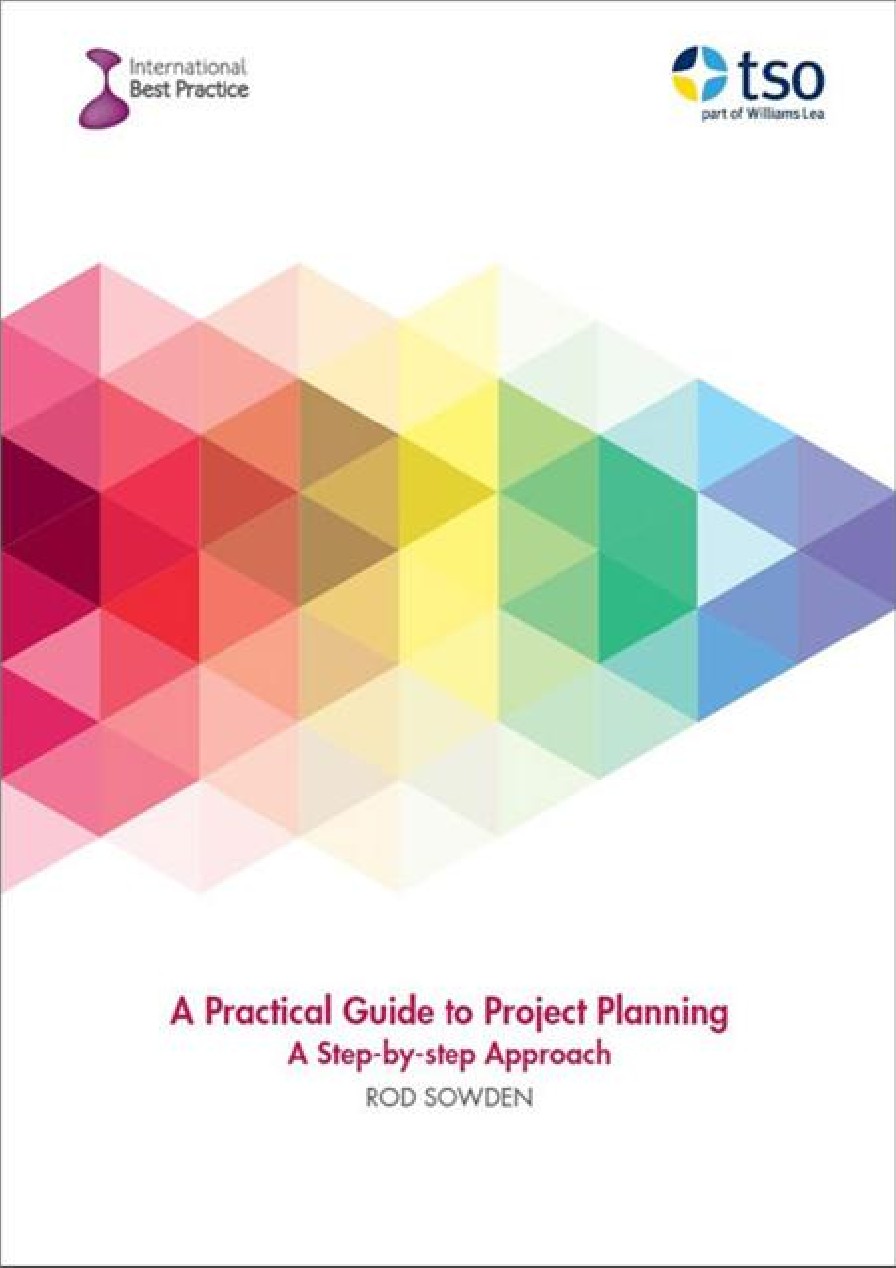eLearning Log in
Login here using your username and password
How do I manage a project schedule?
Introduction
The baseline schedule for the plan is the measure of success for the project. If the project starts one day late, it will finish one day late. Once time has passed it cannot be used again, so there is no flexibility on time as such.
Once the critical path is in place, it is possible to identify the activities that have some flexibility and the resources can be managed around this.
Managing time starts with establishing a baseline plan that shows how the project scope will be accomplished on time and within the budget. Once this baseline plan is agreed with the business representative the project starts. A regular reporting period should be established for comparing the actual progress with the planned progress. Reporting may be daily, weekly or monthly, depending on the complexity and the duration of the project. During each reporting period, two kinds of data or information need to be collected:
- Data on actual performance
- Information on any changes to the project scope, schedule or budget.
Once the updated schedule and budget have been produced, they need to be compared with the baseline schedule and budget and analysed for variances to determine whether the project is ahead of or behind the time schedule. The project control process continues throughout the project.

This extract has been reproduced with permission from A Practical Guide to Project Planning, TSO 2016. If you’d like to read more you can purchase the copy of the book here.
If the planned corrective actions do not result in an acceptable schedule, these steps will need to be repeated. Throughout a project each time the schedule is recalculated it is necessary to analyse the newly calculated schedule to determine whether it needs further attention.
If the project begins to run late, then it is essential that the project board is advised of the likely impact at the earliest opportunity. If the project has had tolerance set centrally (e.g. by a project management office or centre of excellence), then the impact assessment will take into account whether the delay will threaten the ability to remain inside that tolerance.
Projects usually run late as a result of a combination of minor delays rather than a single major delay. The key to maintaining a realistic and achievable schedule is to learn from the delays and understand why the estimates were incorrect.
Technique
Time management analysis should be based on the expected delivery timescale and the consumption of any tolerance that may been allocated to the project. It involves the following four steps:
- Analysing the schedule against the baseline, identifying any gaps and determining which areas may need corrective action
- Deciding what specific corrective actions should be taken
- Revising the plan to incorporate the chosen corrective actions
- Recalculating the schedule to evaluate the effects of the planned corrective actions.
Delays should be assessed by considering their impacts on the following:
- Milestones
- Resources plans
- Dependent outputs
- Programme plan if appropriate
- Finance plan
- Transition plans
- Operational business plans
- Benefits plans.
Example
Once a milestone has been missed it is guaranteed that the remainder will be missed as well, so a total recasting of the plan is required to establish a credible revised plan. The critical path analysis (CPA) should give the impact assessment for the change. A variation report as shown in Table 5.7 could be used to illustrate the impact assessment.
Table 5.7 lists the ‘likely case’ times from Table 4.4 as the planned days, and the three-point estimates from the same table as the planned days in tolerance. As can be seen, some of the estimates were way out, some slightly bad, some slightly good and some quite accurate. It is useful to produce such a table to illustrate and raise awareness of activities that are running late; however, in this example the total aggregated days generally stayed within the three-point estimated tolerance, so although the project delivered late it remained under control but on the edge of tolerance all the way through.
Variation report for planned versus actual time

